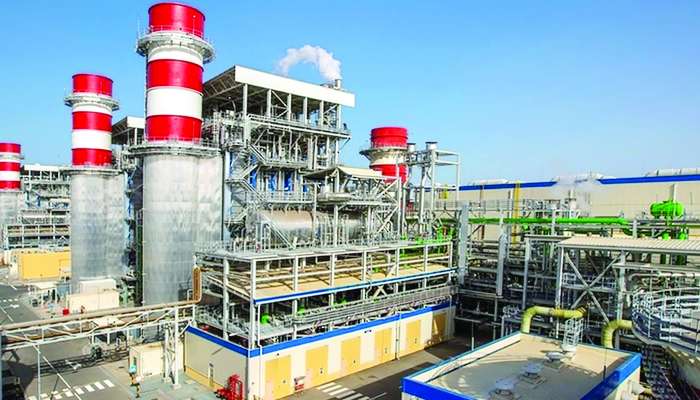The Sultanate of Oman has seen a slight increase in electricity production till the end of June 2024, reaching 20,391.5 gigawatts per hour as reported by the National Centre for Statistics and Information (NCSI). There was a noticeable decline in production in the governorates of North Al Batinah, South Al Batinah, and Al Dhahirah by 6.2% compared to the same period in 2023. However, there were significant increases in production in the Governorate of Muscat by 82.9% and in Dhofar Governorate by 17.4%. The production in the governorates of North Al Sharqiyah and South Al Sharqiyah also rose by 7.9%, while production in Al Wusta governorate dropped by 30.6% and increased in Musandam Governorate by 4.9%.
In addition to electricity production, Oman’s water production by the end of June 2024 stood at 248,366,800 cubic metres, a slight decrease from 255,848,700 cubic metres during the same period in 2023. This data indicates the overall trends in energy production within the Sultanate of Oman.
The increase in electricity production in Muscat, Dhofar, North Al Sharqiyah, and South Al Sharqiyah governorates reflects a positive trend in the energy sector in these areas. The growth in production can be attributed to various factors, including increased demand, infrastructure improvements, and investments in renewable energy sources. This increase in production is essential to meet the growing energy needs of the population and support economic development in the region.
On the other hand, the decline in production in North Al Batinah, South Al Batinah, Al Dhahirah, and Al Wusta governorates could be due to various factors such as maintenance issues, technical difficulties, or fluctuations in demand. It is essential for energy authorities to investigate the reasons behind the decrease in production and implement measures to address any underlying issues to ensure a stable energy supply in these regions.
The overall decrease in net electricity production in Oman by 1.3% could have implications for the energy sector and the economy as a whole. Energy authorities may need to assess the reasons behind this decline and take appropriate action to address any challenges that may be affecting production. It is crucial to maintain a consistent and reliable energy supply to support economic growth and meet the energy needs of the population.
In conclusion, the data on electricity and water production in Oman till the end of June 2024 provides valuable insights into the state of the energy sector in the country. The increase in production in certain governorates indicates positive developments in the energy industry, while the decline in others highlights potential challenges that need to be addressed. By analyzing these trends and taking appropriate actions, Oman can work towards achieving a sustainable and efficient energy infrastructure to support its economic growth and development.









